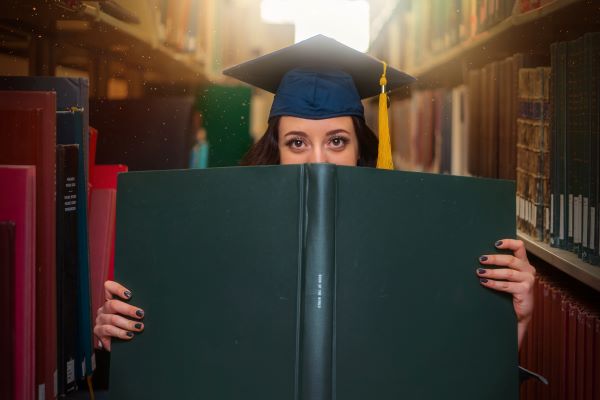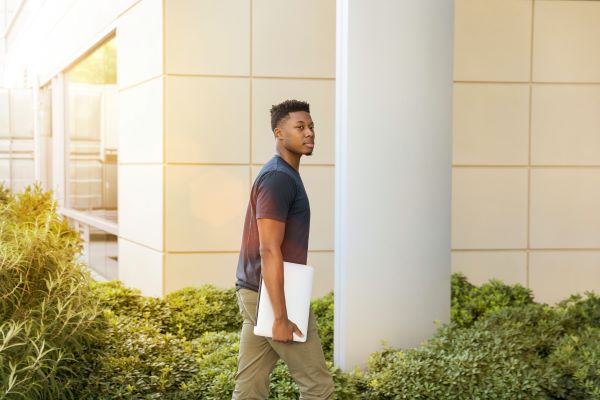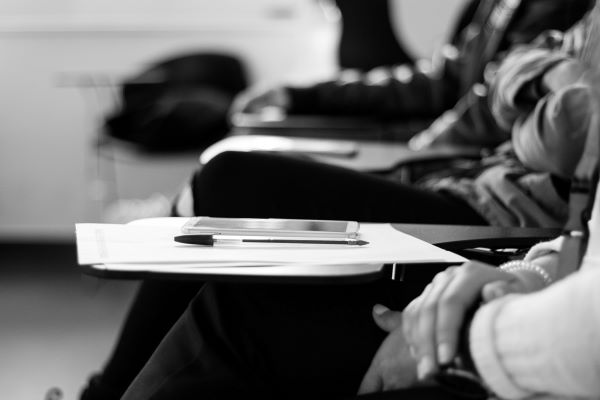Wits Facts
Wits University has five faculties and 33 schools. It boasts two campuses - in Braamfontein and Parktown - that are spread over 400 acres in Johannesburg. It includes 11 libraries and 17 residences.
Wits University has five faculties and 33 schools. It boasts two campuses - in Braamfontein and Parktown - that are spread over 400 acres in Johannesburg. It includes 11 libraries and 17 residences.





